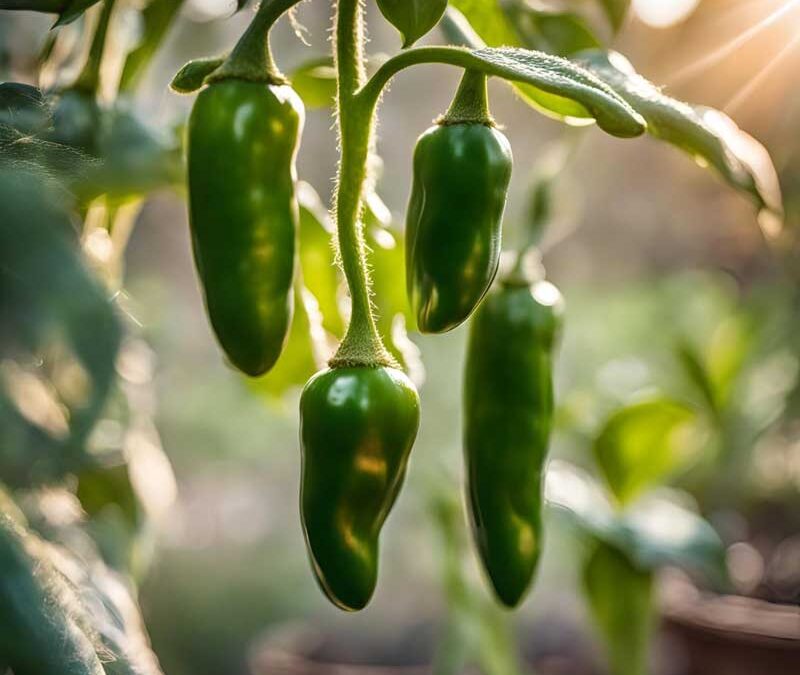Companion planting is a fascinating practice that unlocks the hidden potential of gardens everywhere. By strategically pairing plants, gardeners can create harmonious ecosystems that promote growth and abundance. In this exploration of jalapenos companion planting, we delve into the dynamic world of gardening where peppers thrive alongside their plant allies. Discover the myriad benefits of this strategic approach, from enhancing flavor to natural pest control. With jalapenos companion planting, gardeners can cultivate not just plants, but thriving communities of life.
Best Companion Plants for Jalapenos
What to plant near peppers or choosing the right plant friends is crucial for helping each other grow strong and healthy. When it comes to jalapeno pepper companion plants, having good companions can make a big difference. From helpful bugs to tasty herbs and colorful flowers, each plant buddy brings something special to the garden. Let’s explore what to plant with peppers and how different companion plants can team up with jalapenos to create a happy and thriving garden together.
Cilantro: Enhancing Flavor and Deterring Pests
Cilantro, with its vibrant green leaves and distinctive aroma, is a perfect companion for jalapenos. Not only does cilantro add a burst of flavor to dishes when paired with jalapenos, but it also serves as a natural pest deterrent in the garden. Its strong scent can help repel harmful insects, protecting the jalapeno plants from potential damage.
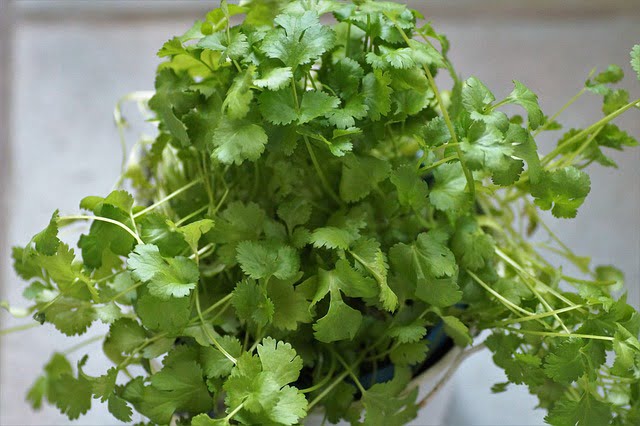
Onions: Warding off Pests and Improving Soil Health
They not only deter pests with their pungent odor but also help improve soil health by adding nutrients as they decompose. Additionally, onions can act as a natural barrier, protecting jalapeno plants from certain pests and diseases.

Carrots: Providing Nutrient-Rich Soil and Ground Cover
Carrots make ideal companions for jalapenos, contributing to the overall health of the garden in several ways. As root vegetables, carrots help break up compacted soil, allowing better water and air circulation for jalapeno roots. Furthermore, their foliage provides ground cover, which helps suppress weed growth and retain moisture in the soil, benefiting the adjacent jalapeno plants.
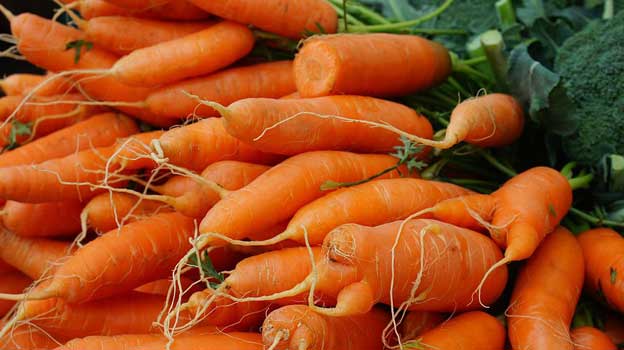
Marigolds: Repelling Pests and Attracting Beneficial Insects
Marigolds are prized companions for jalapenos due to their ability to repel pests and attract beneficial insects. Their bright, cheerful flowers not only add beauty to the garden but also emit a scent that deters harmful pests like aphids and nematodes. Additionally, marigolds attract beneficial insects such as ladybugs and lacewings, which prey on common garden pests, further protecting the jalapeno plants.

Basil: Enhancing Flavor and Deterring Harmful Insects
Basil is a versatile herb that pairs exceptionally well with jalapenos, both in the garden and in the kitchen. Not only does basil enhance the flavor of dishes when combined with jalapenos, but it also has natural insect-repelling properties. Planting basil alongside jalapenos can help deter harmful insects like mosquitoes, flies, and aphids, keeping the garden healthy and thriving.

Nasturtiums: Repelling Aphids and Adding Color to Your Garden
Nasturtiums are not only visually stunning with their vibrant flowers but also valuable companions for jalapenos. These colorful flowers not only add visual interest to the garden but also serve as a natural deterrent for aphids, a common pest that can damage jalapeno plants. Planting nasturtiums alongside jalapenos creates a beautiful and functional garden space.
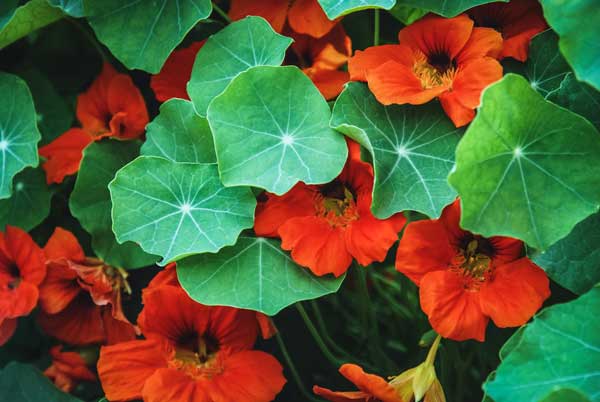
Dill: Attracting Pollinators and Deterring Harmful Insects
Dill companion plant is a beneficial companion for jalapenos, offering both culinary and gardening benefits. In addition to enhancing the flavor of dishes when paired with jalapenos, dill also attracts pollinators such as bees and butterflies, which are essential for jalapeno plant health. Furthermore, dill has natural insect-repelling properties, helping to deter harmful pests and maintain a balanced garden ecosystem.

Rosemary: Enhancing Growth and Deterring Pests
Rosemary companion plant is a versatile herb that complements jalapenos perfectly, both in flavor and in the garden. When planted alongside jalapenos, rosemary not only enhances the growth and overall health of the plants but also helps deter pests. Its strong scent acts as a natural repellent for insects like mosquitoes, flies, and cabbage moths, protecting the jalapeno plants from potential damage.

Chives: Deterring Pests and Improving Soil Health
Chives are fantastic companions for jalapenos, offering a dual role in pest control and soil improvement. With their pungent aroma, chives naturally repel common pests like aphids, making them an excellent ally for protecting jalapeno plants. Moreover, chives contribute to soil health by releasing compounds that deter harmful soilborne pathogens, promoting a healthier growing environment for jalapenos.
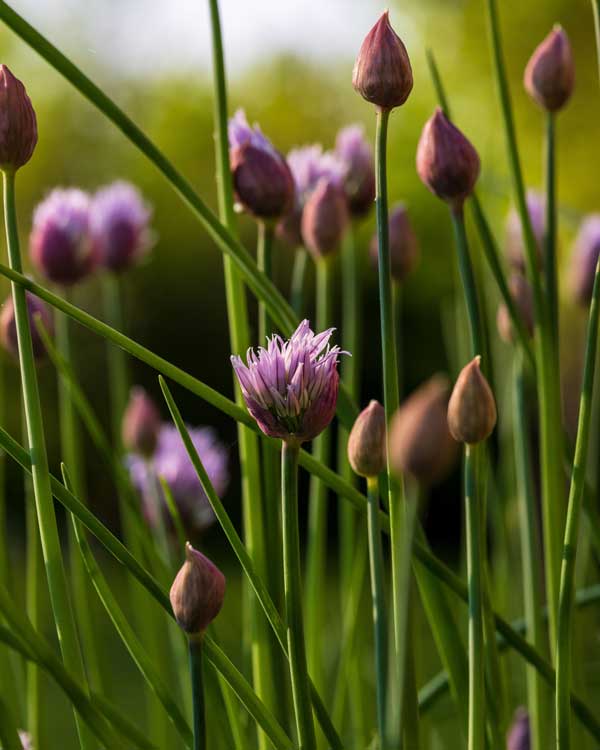
Borage: Attracting Pollinators and Improving Soil Fertility
Borage is a beneficial companion for jalapenos, known for its ability to attract pollinators like bees and butterflies to the garden. By attracting these essential pollinators, borage helps ensure robust fruit set and higher yields for jalapeno plants. Additionally, borage is a dynamic accumulator, drawing up nutrients from deep within the soil and making them available to nearby plants like jalapenos, thus improving overall soil fertility.

Parsley: Attracting Beneficial Insects and Adding Visual Interest
Parsley serves as both a culinary delight and a valuable companion for jalapenos. Beyond its culinary uses, parsley attracts beneficial insects such as predatory wasps and hoverflies, which prey on common garden pests like aphids and caterpillars, providing natural pest control for jalapeno plants. Additionally, parsley’s lush foliage adds visual interest to the garden, creating a charming and vibrant backdrop for the jalapeno plants.
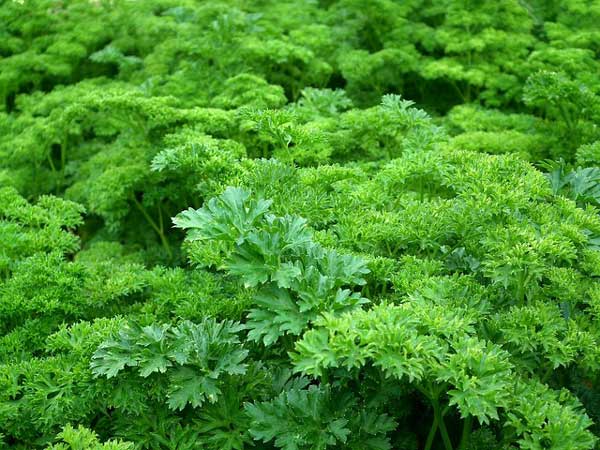
Chamomile: Improving Soil Health and Acting as a Natural Fertilizer
Chamomile is a versatile herb that offers numerous benefits as a companion for jalapenos. Not only does chamomile improve soil health by increasing microbial activity and enhancing nutrient availability, but it also acts as a natural fertilizer, enriching the soil with essential nutrients like potassium, calcium, and magnesium. Furthermore, chamomile’s delicate flowers attract beneficial insects like hoverflies and parasitic wasps, providing additional pest control for jalapeno plants.
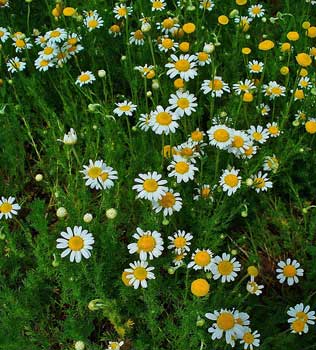
Thyme: Enhancing Flavor and Repelling Pests
Thyme is a flavorful herb that makes an excellent companion for jalapenos, both in the garden and in the kitchen. When planted alongside jalapenos, thyme not only enhances the flavor of dishes but also helps repel common pests like cabbage moths, spider mites, and whiteflies, protecting jalapeno plants from potential damage. Additionally, thyme’s low-growing habit provides ground cover, helping suppress weed growth and retain moisture in the soil, benefitting the adjacent jalapeno plants.
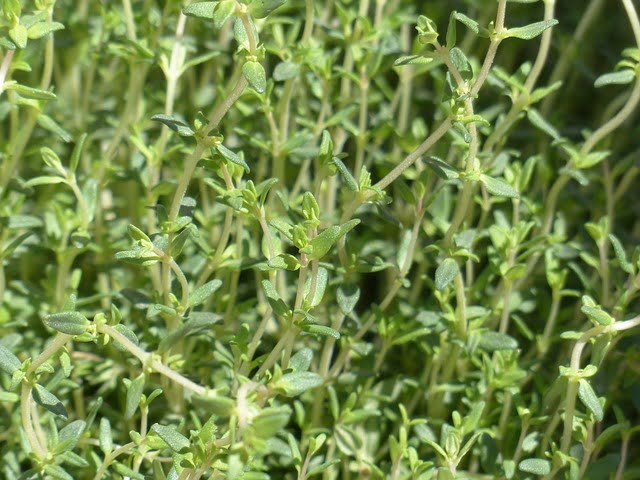
Spinach: Providing Shade and Nutrient-Rich Soil
Spinach is a versatile leafy green that serves as a beneficial companion for jalapenos. Its dense foliage provides natural shade for jalapeno plants, helping them retain moisture and stay cool during hot summer days. Additionally, spinach is a nutrient-rich plant that contributes organic matter to the soil as it decomposes, improving soil structure and fertility for the jalapeno plants. By interplanting spinach with jalapenos, gardeners can create a mutually beneficial relationship that promotes healthy growth and abundant harvests.

Tomatoes: Improving Soil Health and Enhancing Growth
Tomatoes are classic companions for jalapenos, offering numerous benefits to the garden ecosystem. As members of the same plant family, tomatoes and jalapenos thrive when planted together, sharing similar soil and environmental requirements. Moreover, tomatoes act as dynamic accumulators, drawing up nutrients from deeper soil layers and making them available to nearby plants like jalapenos, thus improving overall soil health and fertility. Additionally, tomatoes provide natural shade and support for jalapeno plants, enhancing their growth and productivity in the garden.
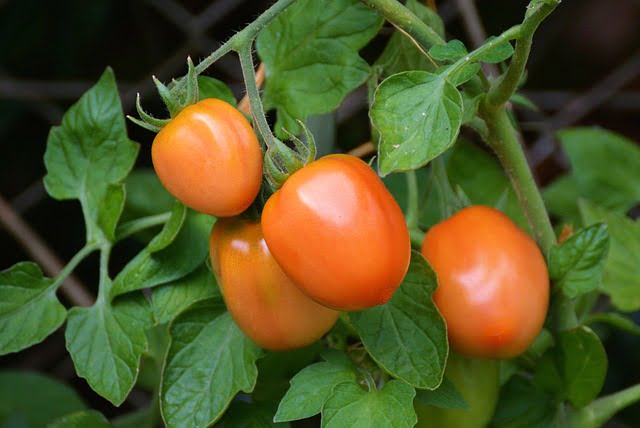
These jalapenos companion plants not only provide practical benefits like pest control and soil improvement but also contribute to the overall beauty and diversity of the garden. By carefully selecting and interplanting these companion plants for jalapeno peppers , gardeners can create a thriving and balanced garden ecosystem where each plant complements and supports the others.
What Not to Plant with Jalapenos
While Jalapenos Companion Planting can greatly benefit jalapeno growth, it’s essential to be mindful of plants that may hinder their development. Here are some plants to avoid growing alongside jalapenos:
- Brassicas (Cabbage Family): Plants like cabbage, broccoli, and cauliflower compete for similar nutrients in the soil, potentially stunting the growth of jalapenos. Additionally, these brassicas may attract pests that could harm jalapeno plants.
- Potatoes: Potatoes can inhibit the growth of nearby plants, including jalapenos. Planting potatoes near jalapenos may result in reduced yields and overall plant health.
- Apricot Trees: Apricot trees produce chemicals called allelochemicals, which can inhibit the growth of neighboring plants, including jalapenos. Planting jalapenos near apricot trees may lead to poor growth and development due to allelopathic effects.
- Strawberries: While strawberries are delightful fruits to have in the garden, they may compete with jalapenos for resources such as water, sunlight, and nutrients. Planting strawberries near jalapenos may lead to overcrowding and reduced growth for both plants.
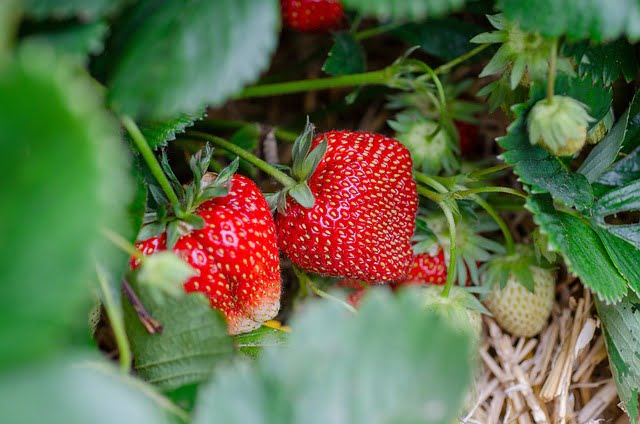
Jalapenos Companion Planting – Maintaining Your Garden
Once your jalapeno garden is established, it’s essential to maintain it to ensure healthy growth and abundant harvests. Here are some tips for maintaining your jalapeno garden:
- Regular Monitoring: Keep an eye on your jalapeno plants regularly to check for any signs of pests or diseases. Early detection allows for prompt intervention and prevents potential damage to the plants.
- Watering: Ensure your jalapeno plants receive an adequate amount of water, especially during hot and dry periods. Consistent watering helps keep the soil moisture levels stable and ensures optimal growth.
- Weeding: Keep the area around your jalapeno plants free from weeds to prevent competition for nutrients, water, and sunlight. Consider using ground cover plants to suppress weed growth naturally.
- Soil Health: Maintain soil health by adding organic matter regularly. Organic matter helps improve soil structure, fertility, and water retention, creating a conducive environment for jalapeno growth.
- Pest Control: Encourage beneficial insects such as lacewings, ladybugs, and parasitic wasps to thrive in your garden. These insects prey on common pests like aphids and caterpillars, providing natural pest control for jalapeno plants.
- Managing Soil Acidity: Monitor soil acidity levels to ensure they are within the optimal range for jalapeno growth. Adjust soil pH as needed using natural amendments like lime or sulfur to maintain healthy soil conditions.
By following these maintenance tips and incorporating beneficial practices like encouraging beneficial insects and maintaining soil health, you can ensure your jalapeno garden remains healthy and productive throughout the growing season. With proper care and attention, you’ll be rewarded with a bountiful harvest of delicious jalapenos to enjoy in your favorite dishes.
Frequently Asked Questions (FAQ) on Jalapenos Companion Plants
What are companion plants for peppers?
Best Companion plants for peppers are plants that benefit peppers by enhancing their growth, deterring pests, or improving soil health. Examples include basil, cilantro, onions, and marigolds.
What are some suitable bell pepper companion plants ?
Bell peppers thrive when planted alongside companion plants such as basil, carrots, onions, and marigolds. These plants can enhance flavor, repel pests, and improve soil health.
What are good companion plants for jalapenos?
Good companion plants for jalapenos include cilantro, onions, carrots, marigolds, basil, and nasturtiums. These plants can help deter pests, attract beneficial insects, and enhance the overall health of jalapeno plants.
What to grow with peppers?
Peppers grow well with a variety of companion plants, including herbs like basil, cilantro, and parsley, as well as vegetables like onions, carrots, and tomatoes. These plants can support each other’s growth and provide mutual benefits.
Can I plant tomatoes with jalapenos?
Yes, tomatoes can be planted with jalapenos as they have similar growing requirements and can benefit from each other as tomato and jalapeno companion plants However, it’s essential to provide adequate spacing between plants to prevent overcrowding.
What are some hot pepper companion plants for containers?
Companion plants for peppers in containers include herbs like thyme, rosemary, and oregano, as well as flowers like marigolds and petunias. These plants can thrive alongside peppers in containers and provide additional benefits.
What should I avoid planting with jalapenos?
It’s best to avoid planting plants like fennel and strawberries near jalapenos, as they may compete for resources or inhibit jalapeno growth due to allelopathic effects.
Can I plant onions with jalapenos?
Yes, onions make excellent companion plants for jalapenos as they can help deter pests and improve soil health. Planting onions alongside jalapenos can benefit both plants and promote a healthy garden ecosystem.
Are basil good companion plants for peppers?
Yes, basil are excellent companion plants for peppers. Basil emits a strong aroma that repels pests while attracting beneficial insects like bees and parasitic wasps. Plant basil near your jalapeno plants to provide a food source for these insects and encourage them to stay in your garden.
How do I practice jalapenos companion planting?
To practice jalapenos companion planting, select companion plants that complement the growth and health of jalapenos. Plant them nearby or intersperse them throughout the garden to create a diverse and harmonious ecosystem.
Conclusion Jalapenos Companion Planting
In conclusion, selecting the right companions for Jalapeno peppers is essential for promoting their growth and overall well-being. By choosing plants that complement each other’s needs and characteristics, gardeners can create a harmonious environment that maximizes the potential of their pepper plants. From herbs and vegetables to flowers and beneficial insects, there are numerous options for companion planting that can enhance the health and productivity of bell peppers. By considering what grows well with peppers and what to plant next to peppers, gardeners can create a diverse and thriving garden ecosystem that supports the growth of their favorite peppers. Whether it’s carrots, cilantro or basil, each companion plant plays a crucial role in the success of pepper cultivation. So, when planning your garden, don’t forget to choose the perfect companion plants for hot peppers and watch them thrive together.
For further exploration of gardening articles, kindly visit our webpage: Home Garden
Lemon Verbena Companion Plants
Companion planting with Asparagus

